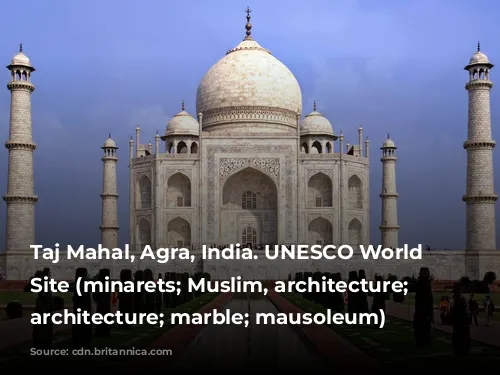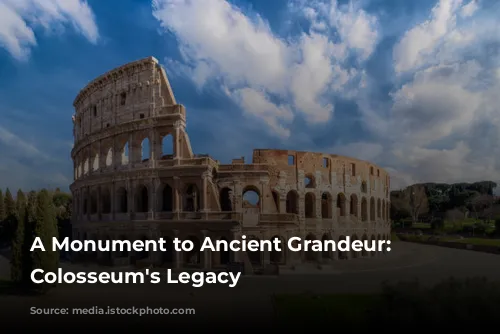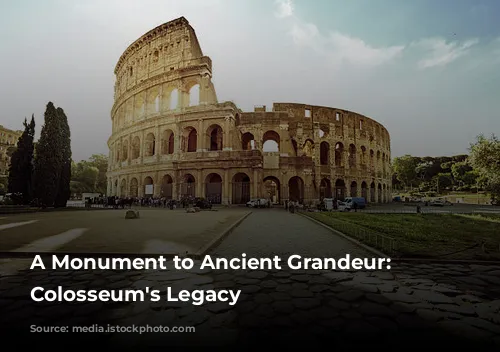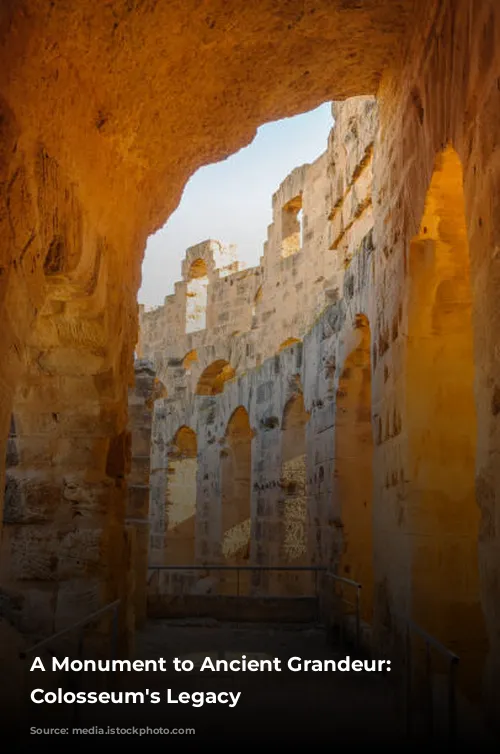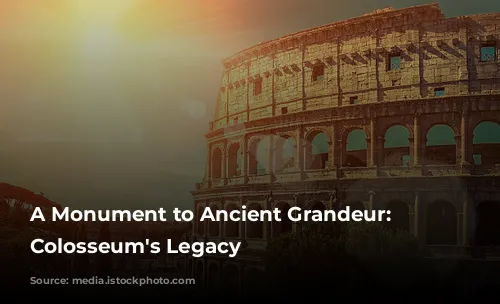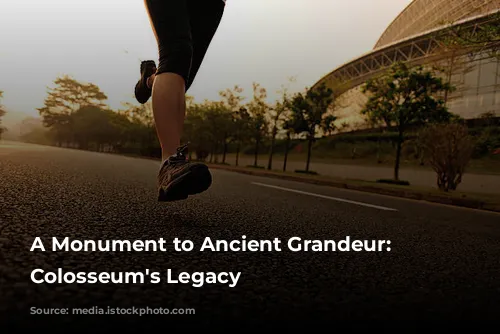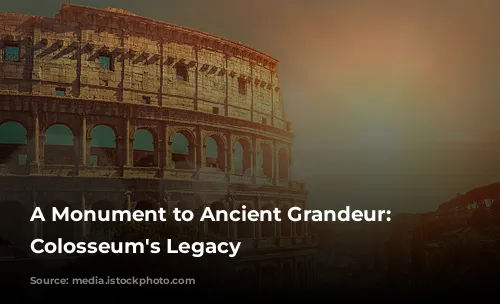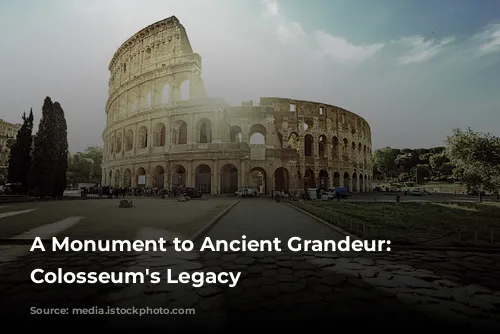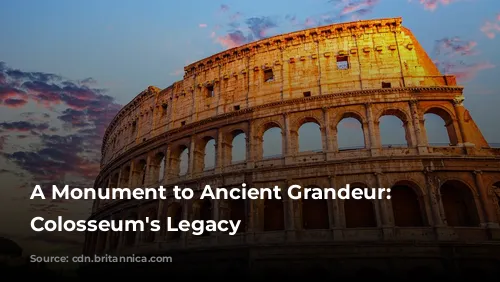Standing as one of the few mostly intact structures from the Roman Empire, the Colosseum is a magnificent testament to ancient Rome’s architectural and engineering brilliance. This iconic monument draws millions of visitors each year, contributing significantly to Italy’s tourism industry. In 2018 alone, the Colosseum, along with the Roman Forum and Palatine Hill, generated over €53.8 million in revenue, making it the most lucrative tourist attraction in Italy.
The Colosseum’s history is a fascinating journey through time, reflecting the rise and fall of empires and the changing uses of this once-grand arena. After the Western Roman Empire’s decline, the Colosseum fell into a state of disrepair. In the 12th century, it was repurposed by powerful families as a fortress. Later, in the 15th century, it was even used as a quarry, with its valuable materials being plundered for other projects. It was only in the 1990s that state-funded restoration efforts began to revive this once-neglected architectural marvel.
A Symbol of Imperial Power and Entertainment
The Colosseum’s construction was a direct consequence of the Roman Empire’s desire to revitalize Rome after the tumultuous “Year of the Four Emperors” in 69 CE. Emperor Vespasian, driven by a vision of grandeur, envisioned the Colosseum as a grand entertainment venue, showcasing gladiatorial battles, animal hunts, and even simulated naval battles. The arena’s purpose was to entertain and enthrall the Roman populace, providing a thrilling spectacle for all.
Construction of the Colosseum commenced during the reign of Vespasian between 70 and 72 CE, with its completion overseen by his son, Titus, in 80 CE. The arena’s fourth story was a later addition, added by Emperor Domitian in 82 CE. Interestingly, the Colosseum’s construction was financed by the spoils of war from Titus’s conquest of Jerusalem in 70 CE, with enslaved Jews from Judaea providing the labor.
An Architectural Masterpiece: Design and Construction
The Colosseum, also known as the Flavian Amphitheater, is a striking elliptical structure, built of stone, concrete, and tuff. It stands four stories tall, measuring an impressive 620 by 513 feet (189 by 156 meters) and capable of accommodating up to 50,000 spectators. Its iconic design was a significant departure from earlier amphitheaters, which were often built into existing hillsides. The Colosseum, however, is a freestanding masterpiece of engineering, built using a complex system of barrel vaults and groin vaults.
The Colosseum’s exterior is adorned with a unique arrangement of columns, representing the Doric, Ionic, and Corinthian orders. This ascending arrangement of columns inspired Renaissance architects, leading to the codification of the “assemblage of orders.” The main structural framework and facade are crafted from travertine, while volcanic tufa forms the secondary walls. The arena’s inner bowl and arcade vaults are made of concrete.
A Spectacle of Entertainment: The Colosseum’s Programs
The Colosseum’s immense size and design allowed for a variety of thrilling events, designed to entertain the masses. Spectators, protected from the sun by a massive retractable awning known as a “velarium,” witnessed gladiatorial contests, animal hunts, and even mock naval battles. While it is uncertain whether the Colosseum was the site of early Christian martyrdom, its history is undeniably intertwined with the lives of both emperors and ordinary people, highlighting its role as a social and cultural center of ancient Rome.
From Glory to Neglect and Restoration: The Colosseum’s Changing Fortunes
The Colosseum’s fate mirrored the changing tides of Roman history, from its grand beginnings to its neglect and eventual restoration. In medieval times, the Colosseum was repurposed as a church and later as a fortress by influential families. However, it suffered significant damage from lightning, earthquakes, and vandalism. Over a thousand years of neglect led to the disappearance of its marble seats and decorative materials, turning the Colosseum into a mere quarry for building materials.
Fortunately, the Colosseum’s preservation began in earnest in the 19th century, with notable efforts by Pope Pius VIII. A major restoration project was launched in the 1990s, breathing new life into this architectural gem. Today, the Colosseum continues to attract millions of visitors each year, standing as a powerful symbol of the Roman Empire’s legacy and a testament to the enduring power of human ingenuity and creativity.
